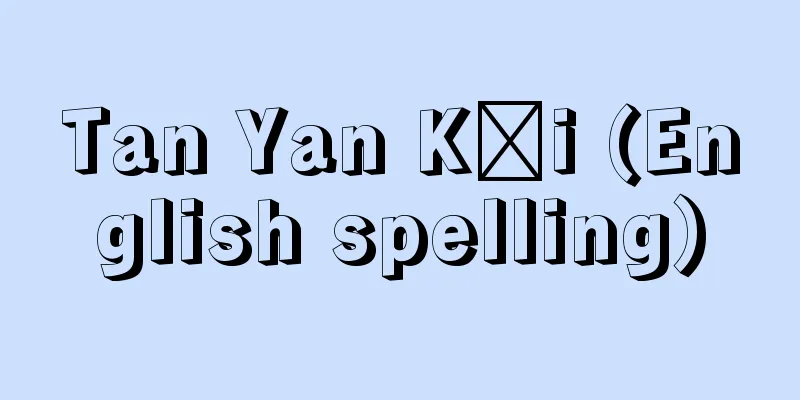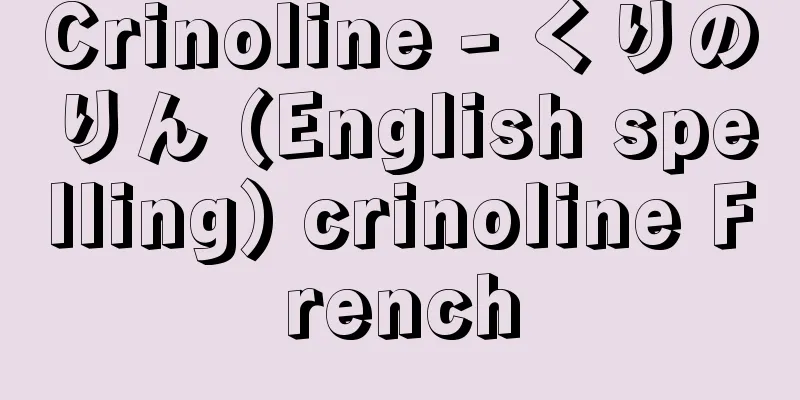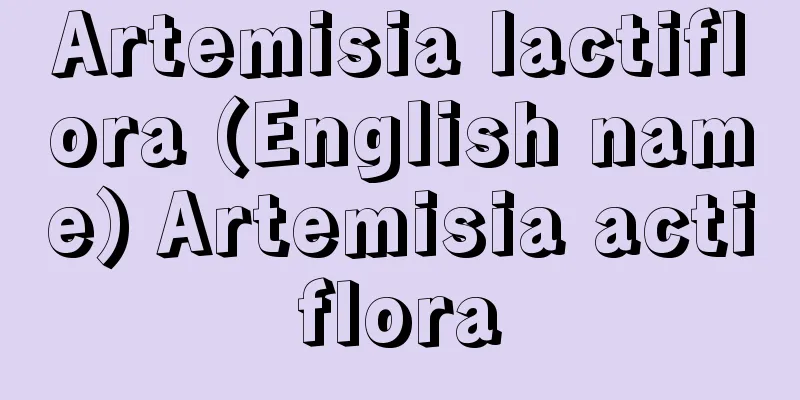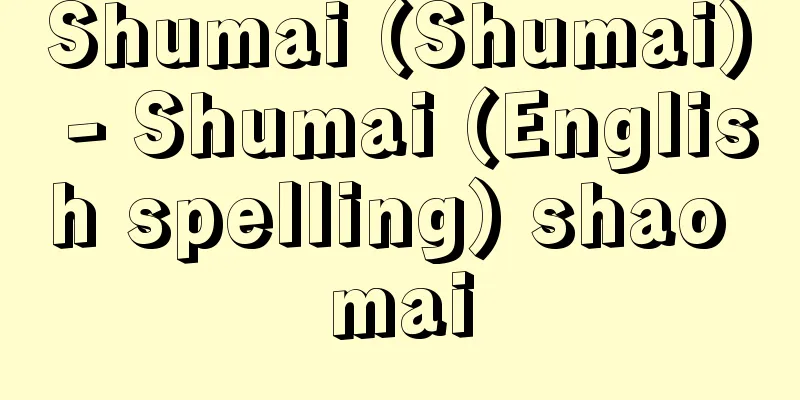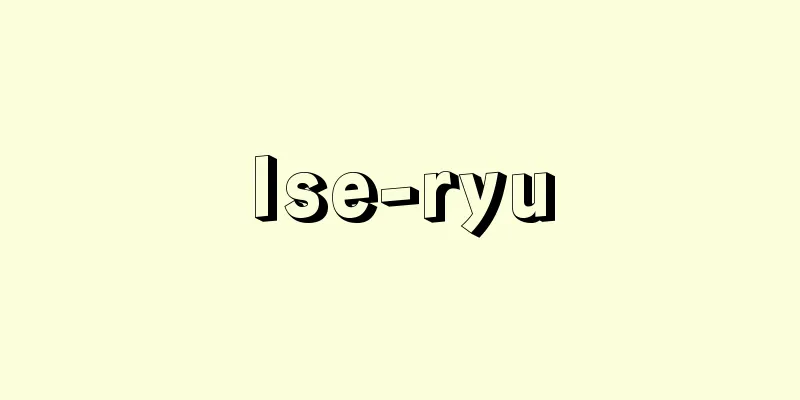Prize advertising

|
Advertisements that set certain conditions and appeal to general consumers, offering a certain reward such as a prize or gift to those who apply. Prize advertisements do not fulfill the original role of advertising, which is to promote sales, but rather increase attention to the advertisement and generate buzz about related products and services, so they have become an established business practice in Japan and continue to be used to this day. However, this method of offering prizes was criticized as offering excessive prizes that hinder fair competition and unnecessarily incite consumers' gambling spirit, and especially in the 1950s, excessive competition over prize money intensified and developed into a social problem. This led to the enactment of the Unfair Premiums and Misrepresentations Prevention Act (Act No. 134 of 1962, commonly known as the Premiums and Representations Act) in 1962, and prize advertisements became subject to legal regulation. Furthermore, in 1971 (Showa 46), regulations were put in place regarding open prize advertising under the Act on Prohibition of Private Monopolies and Maintenance of Fair Trade (Act No. 54 of 1947, commonly known as the Antimonopoly Act). Since then, each industry has established its own fair competition rules and exercised self-restraint in order to avoid excessive competition, but in 1996 (Heisei 8), the limit on prize amounts was significantly relaxed, and in 2006 the regulations were abolished. As a result, prize advertising has once again begun to attract attention. Below, prize advertising is explained from the perspective of regulations. [Seiji Ito] Open prize advertisementUnlike closed contests, which require the purchase of a product or service as a condition, open contests, which anyone can enter freely without the need for a purchase, are not subject to the strict regulations of the Act on Specified Commercial Transactions Act, since they are not directly linked to the promotion of sales of products, etc. However, due to the frequent occurrence of large-scale overseas trip invitations, the Fair Trade Commission designated "the practice of offering to select specific individuals through a lottery or other means, as a means of attracting customers, in advertisements to offer them money, goods, or other economic benefits (i.e., 1 million yen or more) that are excessive in light of normal commercial practices" as an "unfair trade practice" under the Antimonopoly Act (Fair Trade Commission Notice No. 34 of 1971), and began to crack down on this practice. In other words, open contest advertisements that promise the provision of economic benefits of 1 million yen or more are themselves considered to be in violation of the Antimonopoly Act. However, in the 1990s, deregulation of corporate activities progressed, and in 1996, the prize limit was significantly relaxed from 1 million yen to 10 million yen. Furthermore, regulations were lifted in 2006 and the cap was removed. [Seiji Ito] Advertisements offering prizes through sweepstakesArticle 2 of the Act on Unjustifiable Premiums and Representations and the prizes designated by the Japan Fair Trade Commission based on it are "goods, money, or other economic benefits provided by a business operator to the other party in connection with the transaction of the goods or services it supplies, regardless of the method, as a means of attracting customers," and "do not include discounts, after-sales services, or accessories." In other words, unlike prizes in open contests, the requirement for prizes is that they "accompany" the transaction of goods or services. Based on this definition, the Japan Fair Trade Commission's notice states that the offering of prizes in contests that utilize lotteries or other chances, or that determine the winners by the merits or inferiority of a specific action, must not exceed the set limit. Therefore, if the offering of prizes that exceed the limit is advertised, the advertisement will be considered a violation. The restrictions on prizes in closed contests as of 2011 are explained below. The methods of offering prizes are classified into general prizes, general prize draws, and joint prize draws, and each has restrictions on the price of the prizes that can be offered. General prizes are also called fixed prizes, and refer to prizes that are offered to all product purchasers or retail store visitors, on a first-come, first-served basis, without the use of a prize draw, such as on an application basis or on a first-come, first-served basis. General prize draws refer to prizes that are offered to product or service users through chance, such as a lottery, or the merits of a specific action (excluding joint prize draws). Joint prize draws are prize draws held jointly by multiple stores or businesses in a shopping center. (1) In the case of prizes with a total value, the maximum value of the prizes shall be 200 yen if the transaction price is less than 1,000 yen, and 2/10 of the transaction price if the transaction price is 1,000 yen or more. (2) For general prize draws: If the transaction price is less than 5,000 yen, the maximum prize value shall be 20 times the transaction price, and the total amount shall be 2% of the total estimated sales. If the transaction price is 5,000 yen or more, the maximum prize value shall be 100,000 yen, and the total amount shall be 2% of the total estimated sales. (3) In the case of a joint prize draw, the maximum value of the prizes will be 300,000 yen regardless of the transaction price, and the total amount will be 3% of the total estimated sales. [Seiji Ito] Industry-specific prize restrictionsMedicines, quasi-drugs, cosmetics, and medical devices are regulated by the Pharmaceutical Affairs Law (Law No. 145 of 1960). Article 3-11 of the Standards for Appropriate Advertising of Medicines, etc., based on the said law, stipulates that "advertising of medicines, etc. or companies by excessive prizes, prizes, or other methods that stimulate the desire to gamble shall not be conducted." This led to fairly strict restrictions in the past, but has now been reinterpreted to mean that "advertising that encourages excessive consumption or abuse of medicines is not permitted," and is permitted as long as it is within the limits of the CLRA. As mentioned above, the limit on the amount of money for open prizes has been abolished in each industry. On the other hand, the CLRA restricts the provision of prizes in the newspaper industry to a maximum of 10 times the transaction value of the prize or 50,000 yen, whichever is lower, or the total amount of prizes is 7/1000 of the expected transaction value of the prize. [Seiji Ito] Subsequent developmentsIn 2014, the Pharmaceutical Affairs Act was revised and renamed the "Act on Ensuring Quality, Effectiveness, and Safety of Pharmaceuticals, Medical Devices, etc." (Pharmaceutical and Medical Device Act). Currently, advertising of pharmaceuticals, etc. is regulated under the "Pharmaceutical and Medical Device Act" (Articles 66 to 68) and the "Standards for Appropriate Advertising of Pharmaceuticals, etc. (revised in 2017)." [Editorial Department] "Toyoda Akira, 'Advertising Expressions and Regulations' (1996, Dentsu)" ▽ "Shimamura Kazue, editor, 'New Advertising' (2006, Dentsu)" [Reference] | | |Source: Shogakukan Encyclopedia Nipponica About Encyclopedia Nipponica Information | Legend |
|
ある条件を設けて一般消費者に呼びかけ、応募者に対して賞金や景品など一定の報酬を供することをうたった広告。懸賞広告は販売促進という広告本来の役割を果たすというより、広告の注目率を高めると同時に関連商品やサービスに対する話題を喚起するため、日本でも商慣行として定着し、今日に至っている。しかし、この懸賞という手法は、過大な景品を提供して公正な競争を妨げ、消費者の射幸心をいたずらにあおるとして非難の的とされ、とくに昭和30年代に入ってからは賞金額の過当競争が激化して社会問題に発展した。これを機に1962年(昭和37)に不当景品類及び不当表示防止法(昭和37年法律第134号、通称景表法)が制定されることになり、懸賞広告は法規制の対象とされるに至った。また、1971年(昭和46)にはオープン懸賞広告について私的独占の禁止及び公正取引の確保に関する法律(昭和22年法律第54号、通称独禁法)に基づく規制が打ち出された。以来各業界は過当競争を避ける目的で、それぞれ公正競争規約を制定し自粛してきたが、1996年(平成8)に懸賞の制限金額が大幅緩和され、さらに2006年には規制が廃止された。これにより懸賞広告はふたたび注目を集めるようになった。以下、懸賞広告を規制の視点から解説する。 [伊藤誠二] オープン懸賞広告商品やサービスの購入を条件とするクローズド懸賞に対し、購入を前提とせず、自由にだれでも応募できるオープン懸賞は、商品などの販売促進に直接結び付かないところから景表法規制の対象外であった。ところが、巨額の海外旅行招待などが頻発したため、公正取引委員会は「顧客を誘引する手段として、広告において、一般消費者に対し、くじその他の方法により特定の者を選び、これに正常な商慣習に照らして過大な金銭、物品その他の経済上の利益(=100万円以上)を提供する旨を申し出ること」は独禁法の「不公正な取引方法」にあたると、特殊指定(昭和46年公取委告示34号)し、この取締りに踏み切った。つまり、100万円以上の経済上の利益の提供をうたうオープン懸賞広告は、それ自体が独禁法違反に問われるとしたわけである。しかし、1990年代に入って企業活動に対する規制緩和が進み、1996年(平成8)に懸賞制限金額が100万円から1000万円に大幅緩和された。さらに、2006年に規制が撤廃され、上限はなくなった。 [伊藤誠二] 懸賞による景品類の提供広告景表法第2条およびそれに基づいて公取委が指定した景品類とは、「顧客を誘引する手段として、方法のいかんを問わず、事業者が自己の供給する商品又は役務の取引に付随して相手方に提供する物品、金銭その他の経済上の利益」であって、「値引、アフターサービス、付属物を含まないもの」である。つまり、オープン懸賞の賞品とは違って、景品類とは、商品または役務の「取引に付随」することを要件としている。こうした定義のうえで、公取委の告示は、くじその他の偶然性を利用したり、特定の行為の優劣や正誤によって当選者を決める、懸賞による景品類の提供は、定められた制限額を超えてはならない、としている。したがって制限額をオーバーした景品類の提供を広告すれば、その広告は違反に問われることになる。2011年時点でのクローズド懸賞による景品類の制限について、以下に説明する。 景品類の提供方法は総付(そうづけ)景品、一般懸賞、共同懸賞に分類され、それぞれ提供できる景品類の価格などに制限がある。総付景品はべた付け景品ともよばれ、商品購入者・小売店来店者全員、申込み順または入店の先着順といったかたちで、懸賞によらずに景品類を提供するものをさす。一般懸賞とは、商品やサービス利用者に対し、くじなどの偶然性や、特定行為の優劣などによって景品類を提供するものをいう(共同懸賞を除く)。共同懸賞は、ショッピングセンター内の複数の店舗や事業者が共同で行う懸賞のことである。 (1)総付景品の場合 景品類の最高額は、取引価額が1000円未満では200円、取引価額が1000円以上では取引価額の10分の2とする。 (2)一般懸賞の場合 取引価額が5000円未満では、景品類の最高額は取引価額の20倍、総額は売上予定総額の2%とする。取引価額が5000円以上では、景品類の最高額は10万円、総額は売上予定総額の2%とする。 (3)共同懸賞の場合 景品類の最高額は、取引価額にかかわらず30万円、総額は売上予定総額の3%とする。 [伊藤誠二] 業種別の懸賞制限医薬品、医薬部外品、化粧品および医療用具は、薬事法(昭和35年法律第145号)により規制を受ける。同法に基づく医薬品等適正広告基準第3の11では「ゆきすぎた懸賞、賞品等射こう心をそそる方法による医薬品等又は企業の広告は行なわないものとする」と規定している。これにより、かつては相当にきびしく規制されたが、現在では「医薬品の過量消費または乱用助長を促す広告は認められない」趣旨に読みかえられ、景表法の限度内であれば認められるに至っている。なお、オープン懸賞での制限金額は前述のとおり各業種において撤廃されている。一方で新聞業における景品類の提供に関しては、景表法で「最高額は懸賞に係る取引価額の10倍または5万円のいずれか低い金額」か「景品類の総額は懸賞に係る取引予定額の1000分の7金額」の範囲と規制されている。 [伊藤誠二] その後の動き2014年(平成26)薬事法が改正され、「医薬品、医療機器等の品質、有効性及び安全性の確保等に関する法律(医薬品医療機器等法)」に名称変更された。現在、医薬品等の広告については「医薬品医療機器等法」(66条~68条)および「医薬品等適正広告基準(2017年改正)」に基づき、規制されている。 [編集部] 『豊田彰著『広告の表現と法規』(1996・電通)』▽『嶋村和恵監修『新しい広告』(2006・電通)』 [参照項目] | | |出典 小学館 日本大百科全書(ニッポニカ)日本大百科全書(ニッポニカ)について 情報 | 凡例 |
>>: Phenomenology (English: Phänomenologie) German
Recommend
Shiken
A Buddhist scripture translator who was active in...
Faust, J.
...A magician who appeared in Germany in the earl...
Bombylius major
...The larvae are parasitic, parasitizing the lar...
Soka [city] - I see
A city in southeastern Saitama Prefecture. Establi...
Current collector - collector
A device that is placed between the stationary and...
statuta
…The word “ordinance” originally meant the city o...
Ecole de Guerre Navale (English name)
…The Royal Naval College (founded in 1873) is in ...
Pine bark beetle (pine-eating insect) - Pine bark beetle
A general term for insects that damage pine trees....
Inekake
…Rice immediately after harvest contains about 20...
Protecting the Nation - Chingokokka
Based on Buddhist doctrine, the idea that Buddhas...
Concentrate feed
Feed that is high in digestible nutrients, low in ...
Tinkering - Ikake
This technique involves injecting molten metal int...
Special Measures Act for the Revitalization of Depopulated Areas
...The problem of depopulation and overpopulation...
Carnuntum (English spelling)
An important Roman military base, capital of Upper...
Kong-sun Hong; Kung-sun Hung
[Birth] Gaozu 7 (200 BCE) [Death] Gengari 2 (121 B...

![Antipodes [Islands] - Antipodes](/upload/images/67cae29563586.webp)
